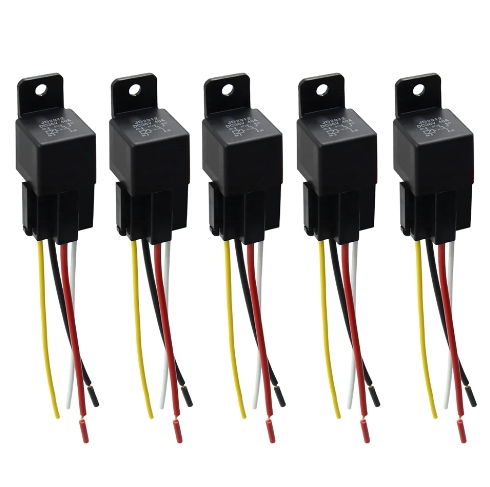In the realm of electronics, resistors are indispensable components that regulate the flow of current in circuits. Knowing their exact values is crucial for ensuring the proper functionality of electronic devices. While a multimeter is the go-to tool for measuring resistor values, there may be situations where one isn't readily available. This blog post delves into innovative and practical methods to check resistor values without relying on a multimeter, catering to hobbyists, DIY enthusiasts, and professionals alike.
Layer 1: Understanding Resistor Markings
Before diving into alternative methods, it's essential to grasp the basic language of resistors—their color codes. Most resistors follow a standardized four-band or five-band color-coding system:
- Four-Band Resistors: The first two bands indicate the significant figures, the third band represents the multiplier, and the fourth band denotes the tolerance.
- Five-Band Resistors: The first three bands signify the significant figures, the fourth band is the multiplier, and the fifth band indicates the tolerance.
For instance, a resistor with bands colored yellow, violet, red, and gold has a value of 47 × 10^2 ohms ±5%. This translates to 4,700 ohms or 4.7kΩ.
Layer 2: Visual Inspection Techniques
- Color Code Reference Chart: Carry a printed or digital color code reference chart. By matching the colors on the resistor to the chart, you can decode its value quickly. This method is straightforward but requires familiarity with the color code system.
- Smartphone Apps: Utilize specialized apps designed for electronics enthusiasts. These apps often include color code decoders and can be extremely handy in a pinch. Simply input the colors of the bands, and they will compute the resistance value for you.
Layer 3: Ohmic Heating and Comparative Methods
- Series Comparison with a Known Resistor: Connect the unknown resistor in series with a known resistor and a power source (like a battery). Measure the voltage drop across each resistor using a voltmeter (if available) or infer by observing the brightness of LEDs connected in parallel to each resistor. The ratio of voltage drops will be proportional to their resistances, allowing you to estimate the unknown value.
- Parallel Heating Test: Place the unknown resistor and a known resistor of a suspected similar value in parallel and connect them to a power source. Touch the resistors briefly with your finger (safely, ensuring low voltage and current). The resistor that heats up more indicates a lower resistance value due to higher current flow.
Layer 4: Creative Circuitry and LED Indicators
- LED Indicator Circuit: Construct a simple circuit with a battery, an LED, and the unknown resistor. Vary the resistance in a parallel circuit with known resistors until the LED's brightness matches that with the unknown resistor. The closest match provides an approximation of the unknown resistor's value.
- RC Circuit Oscillation: Use a capacitor and the unknown resistor to form an RC (resistor-capacitor) circuit. Connect this circuit to an oscillator setup (DIY or using available components). The oscillation frequency is dependent on the RC time constant. By comparing this frequency with those produced by known resistors, you can deduce the unknown value.
Layer 5: Leveraging Microcontrollers and Digital Readouts
- Arduino-Based Measurement: Utilize an Arduino or similar microcontroller with an analog-to-digital converter (ADC). Configure a voltage divider circuit with the unknown resistor and a known resistor. The ADC reading can be correlated to the unknown resistor's value through calibration with known resistors.
- Digital Logic Gates: For the more advanced tinkerer, create a comparator circuit using digital logic gates. By comparing the voltage drop across the unknown resistor with reference voltages generated by known resistors, you can logically deduce the resistance range.
Conclusion: Embracing Resourcefulness
When faced with the challenge of checking resistor values without a multimeter, creativity and a solid understanding of electronics principles are your greatest allies. From interpreting color codes to employing clever circuitry, each method presented offers a viable solution tailored to different scenarios and levels of expertise. Remember, safety always comes first; ensure you work within safe voltage and current limits, especially when handling live circuits or creating makeshift measurement setups.


